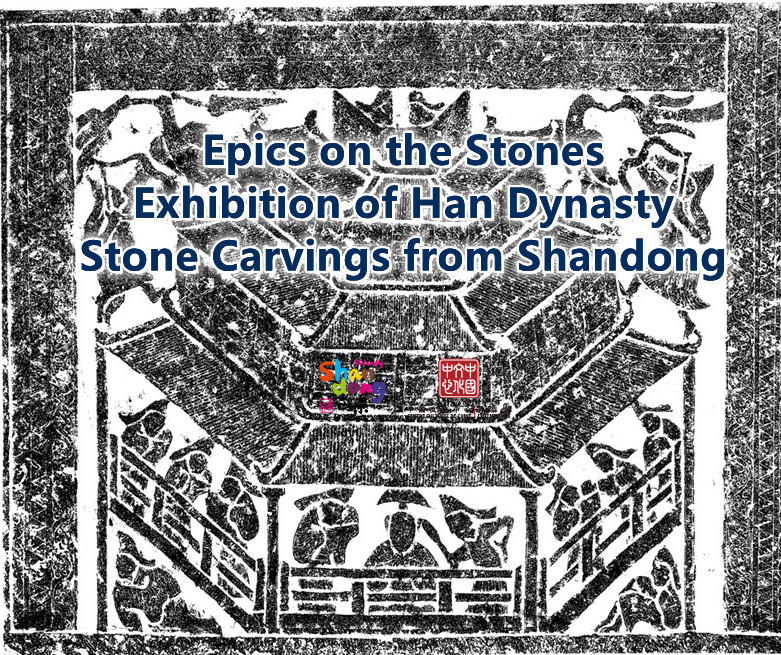
Preface
前言
The Han Dynasty, a dynasty in ancient China, ruled from 206 B.C. to 220 A.D. during which the Silk Road, a bridge between the East and the West, was opened. Unprecedented achievements in politics, economy, culture and arts were made at that time. The political and ideological system established during the Han Dynasty has produced an important and profound impact on the continuation and development of Chinese civilization for more than 2,000 years.
汉代是公元前206年至公元220年古代中国的一个王朝,东西方之间的桥梁——“丝绸之路”就是这一时期开通的,当时的社会在政治、经济、思想、文化、艺术等诸多方面都取得了空前的成就,延续至今的汉族、汉字都在这一时期形成并定型,汉代确立的政治与思想体系对其后两千多年中华文明的延续和发展都产生了重要而深远的影响。
The Han Dynasty stone carvings in Shandong Province, China, began and flourished in the Han Dynasty and existed for more than 400 years. It is a special art of stone carving, that is, pictures were mostly carved on tomb gate towers, ancestral halls, coffin chambers, stone coffins, and sarcophagi mainly for funeral rites and customs. The content of the stone carvings of the Han Dynasty in Shandong covers activities such as farming and handicrafts production, cooking, feasting and scenes of everyday life, and music and dances and other entertainment. At the same time, the superb level of artistic expression indicates a perfect integration of artistic decoration with architectures themselves. The lively pictures, smooth lines, changing layouts, and rich content present the people with a colorful world of art.
中国山东汉画像石始于并兴盛于汉代,前后存在了约400余年。它是一种特殊的石刻绘画艺术,多雕刻于墓阙、祠堂、墓室、石椁、石棺上,主要是为丧葬礼俗服务。中国山东汉画像石内容题材涵盖了汉代的农耕手工生产活动、庖厨宴饮的生活场景、乐舞百戏的娱乐场面等,同时其艺术水平高超,是建筑装饰与建筑本体的完美结合,其饱满的画面、流畅的线条、变化的布局、丰富的内容,向人们展示了一个多彩的艺术世界。
I Han Dynasty Tomb Gate Towers and Ancestral Halls in Shandong, China
(1) Huangshengqing Gate Tower in Pingyi County
Built in 86 AD, Huangshengqing Gate Tower (Gate tower is also referred to as Que in Chinese, meaning a freestanding, ceremonial gate tower in traditional Chinese architecture) is one of the earliest surviving Han Ques in China. It has five layers of images on its four sides, including Chinese characters, human portraits, horse-drawn carriages, strange birds and exotic animals, etc.
一、中国山东的汉代墓阙与祠堂
(一)平邑皇圣卿阙
平邑皇圣卿阙,年代为东汉章帝元和三年(86年),是中国现存最早的汉阙之一,阙身四面有五层图像,内容包括文字、人像、车骑、奇禽、异兽等。
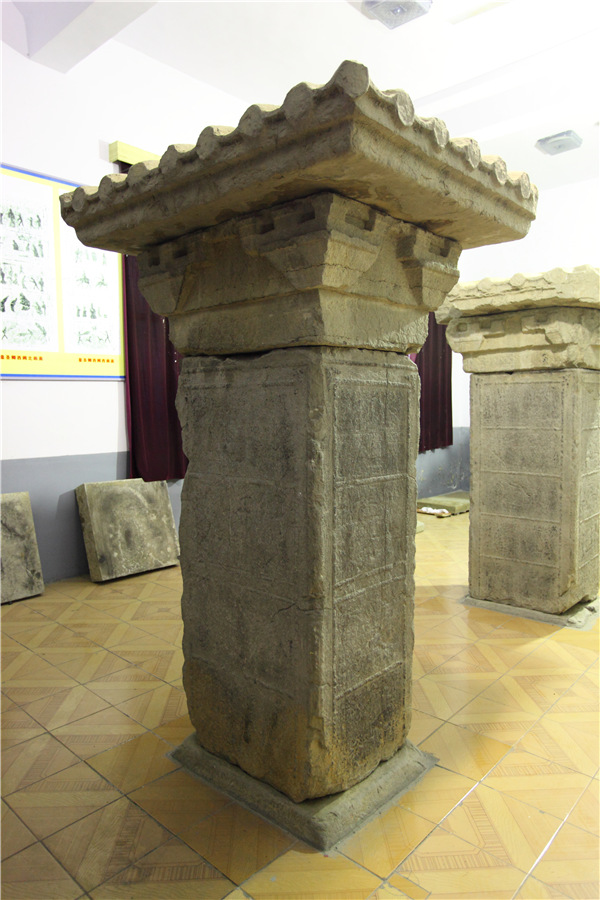
Figure 1 Huangshengqing Que (Gate Tower) in Pingyi County, Shandong Province
图1平邑皇圣卿阙
(2) Xiaotangshan Stone Ancestral Hall
Built in the period of Emperor Zhang of the Eastern Han Dynasty (76-88 AD), Xiaotangshan Stone Ancestral Hall is the most complete and earliest surviving ground building of its kind in China. The inner walls and beams of the stone ancestral hall were engraved with exquisite patterns representing the high artistic level of Han stone carvings at that time.
(二)孝堂山石祠
孝堂山石祠建于东汉章帝时期(76—88年),是中国现存最为完整且最早的地面建筑,石祠内壁、横梁刻有精美的图案,代表了当时汉画像石的高超艺术水平。
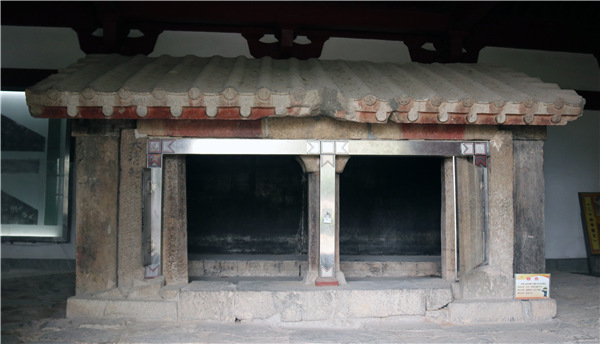
Figure 2 Façade of Xiaotangshan Stone Ancestral Hall
图2 孝堂山石祠正面
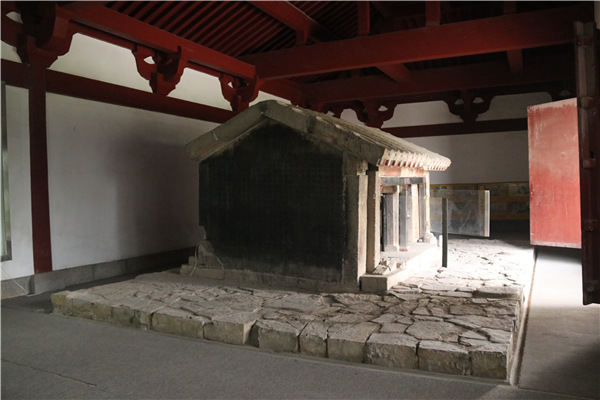
Figure 3 Side Face of Xiaotangshan Stone Ancestral Hall
图3 孝堂山石祠侧面
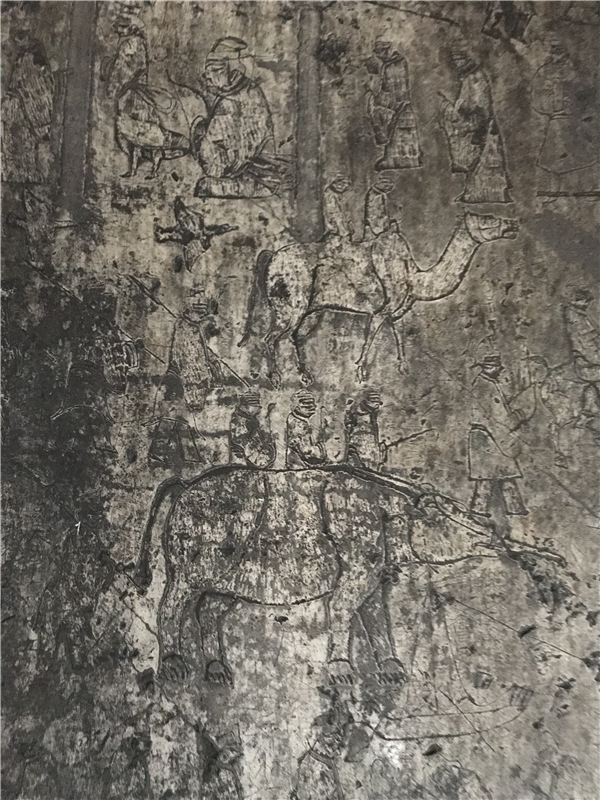
Figure 4 Carvings on the inner wall of Xiaotangshan Stone Ancestral Hall: People riding camels and elephants
图4 孝堂山石祠内壁画像——骑骆驼与骑象人物
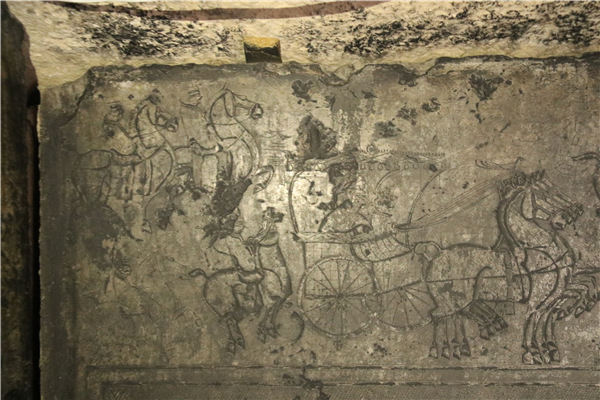
Figure 5 Carvings on the inner wall of Xiaotangshan Stone Ancestral Hall: riding in horse-drawn carriages
图5 孝堂山石祠内壁画像——车马出行
(3) Stone carvings of the Wu Family Tombs in the Han Dynasty
The Wu Family Tombs were built in the period of Emperor Huan and Emperor Ling (147-189) of the Eastern Han Dynasty. The remaining stone carvings of the tombs include a pair of lions, statues, two Ques, steles, inscription tablets and many pictorial carvings, which form a relatively complete and representative group of architectures with stone carvings preserved to this day since the Eastern Han Dynasty. The carvings are well-known for the exquisite techniques and rich content.
(三)汉代武氏墓群石刻
汉代武氏墓群石刻,建于东汉桓帝、灵帝(147—189年)时期,其遗存下来的石刻包括武斑和武荣碑、画像石双阙、圆雕石狮以及大量祠堂画像石,这是东汉时期保存下来的一组较完整而有代表性的石刻画像建筑群,其画像雕刻技法精美、取材内容丰富。
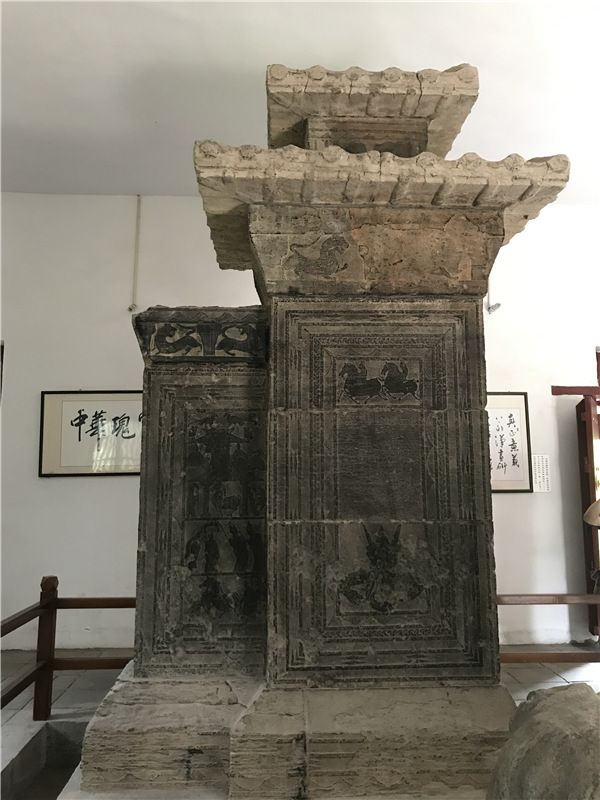
Figure 6 Stone carvings of the Wu Family tombs: stone gate tower
图6 武氏墓群石刻——石阙
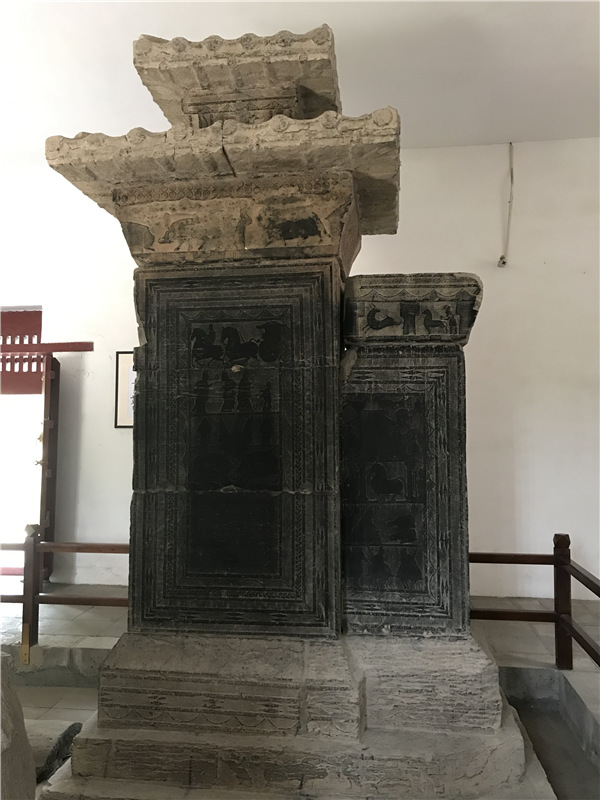
Figure 7 Stone carvings of the Wu Family tombs: stone gate tower
图7 武氏墓群石刻——石阙
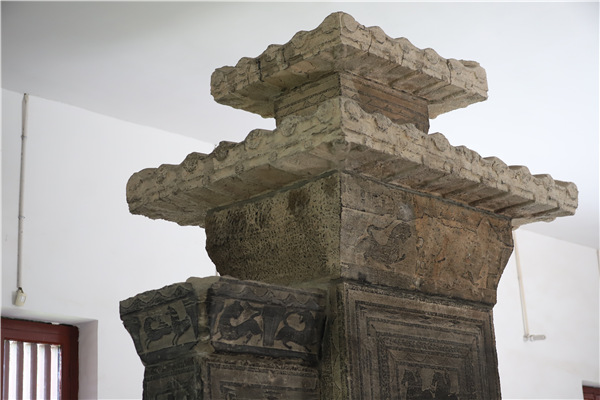
Figure 8 Part of the carvings on the stone gate tower in Wu Family’s tombs
图8 武氏墓群石阙局部
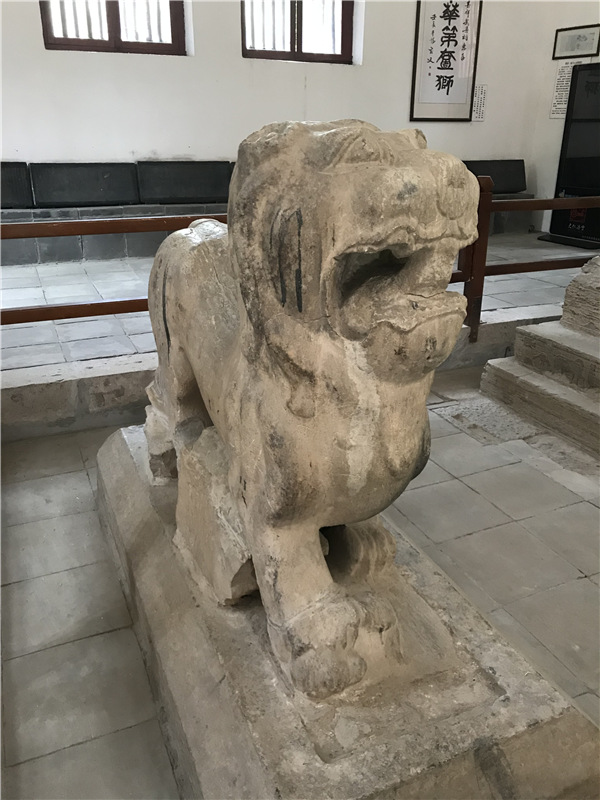
Figure 9 Stone carvings of the Wu Family tombs: Stone Lion (front)
图9 武氏墓群石刻——石狮(正面)
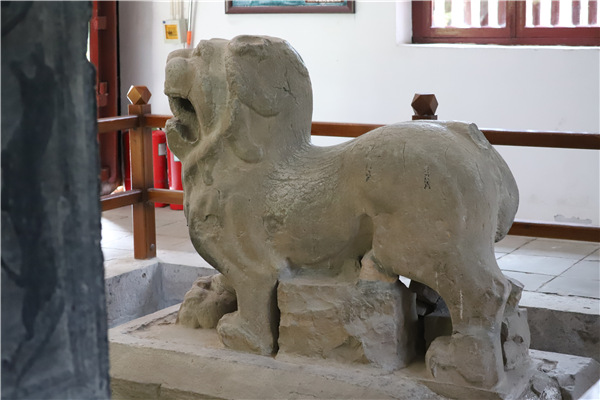
Figure 10 Stone carvings of the Wu Family tombs: Stone Lion (side)
图10 武氏墓群石刻——石狮 (侧面)
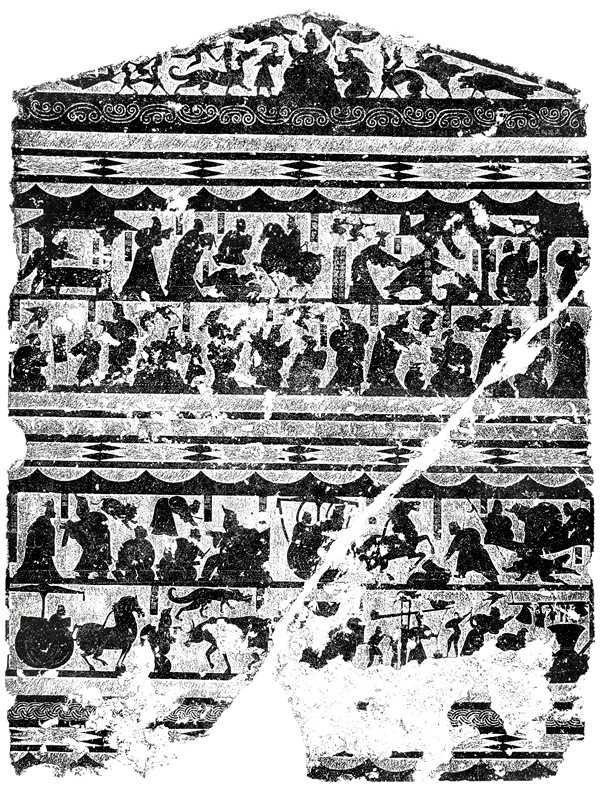
Figure 11 Stone carvings of the Wu Family tombs: picture on the east wall
图11 武氏墓群石刻——武梁祠东壁画像
The top part of the picture shows immortals, Parts 2, 3 & 4 portray historical stories, and the bottom part depicts scenes of ride in horse-drawn carriages and scenes of kitchen activities.
画面最上层为仙人,二、三、四层刻画了历史故事,最底层刻画了马车和庖厨的场景。
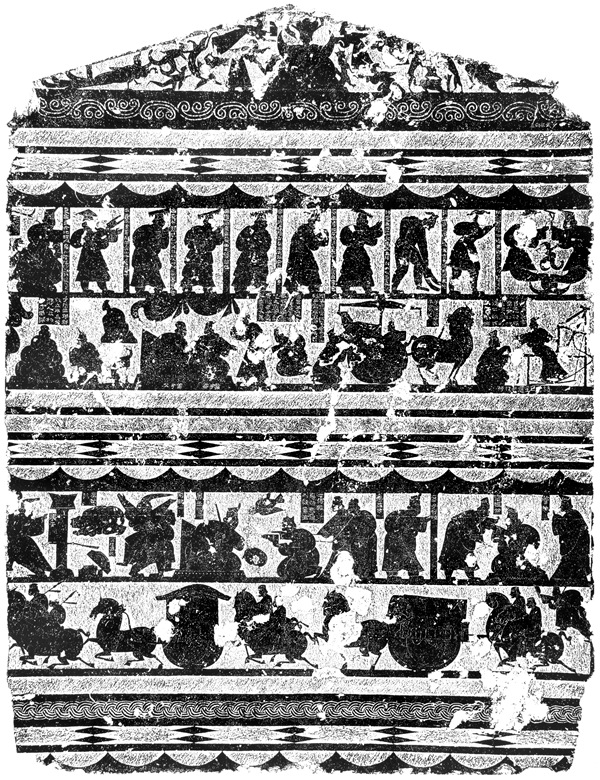
Figure 12 Stone carvings of the Wu Family tombs: picture on the west wall
图12 武氏墓群石刻——武梁祠西壁画像
The top part of the picture shows immortals, the second part portrays legendary Chinese emperors, the third and fourth parts depict historical stories, and the bottom part portrays scenes of riding in horse-drawn carriages.
画面最上层为仙人,第二层为中国传说中的帝王,第三、四层刻画了历史故事,最底层刻画了车马出行的场景。
II Han Dynasty Tombs with Stone Carvings in Shandong Province, China
(I) Han Dynasty Stone Tombs in Beizhai, Yinan County
Tombs here can be divided into three main chambers, namely, in the front, in the middle and at the back, with several side rooms on both sides of the main chambers. The overall layout is rigorous and reasonable, and the decorative structure is gorgeous and complex. It is just like a luxurious underground residence. The contents of the stone carvings are all-embracing and colorful, ranging from imaginary gods and ghosts and auspicious signs to real scenes such as riding in horse-drawn carriages, guests offering condolences, to sages in historical stories and grand scenes of music and dances. The carving techniques of the pictures are also diverse, reflecting the terrific skills of the craftsmen in the mature stage of the development of stone carvings in the Han Dynasty.
二、中国山东的汉代画像石墓
(一)沂南北寨汉画像石墓
沂南北寨汉画像石墓分前、中、后三个主室,在主室两侧又有若干侧室,整体布局严谨合理,装饰结构华丽复杂,俨然是一座豪华的地下宅邸。沂南北寨汉画像石墓中画像的内容包罗万象、丰富多彩,有想象中的神鬼祥瑞,也有车马出行、宾客吊唁等现实场景,有历史故事中的先贤,也有乐舞百戏的宏大场面。画像的雕刻技法也种类多样,体现了汉画像石发展成熟期工匠们的高超技艺。
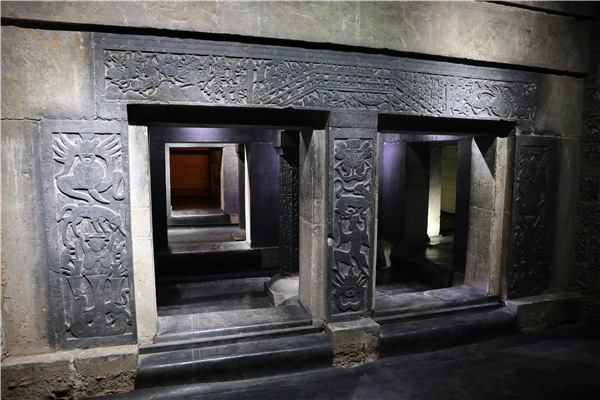
Figure 13 Stone carvings of Beizhai Stone Tomb, Yinan County: Tome Gate
图13 沂南北寨汉画像石墓墓门
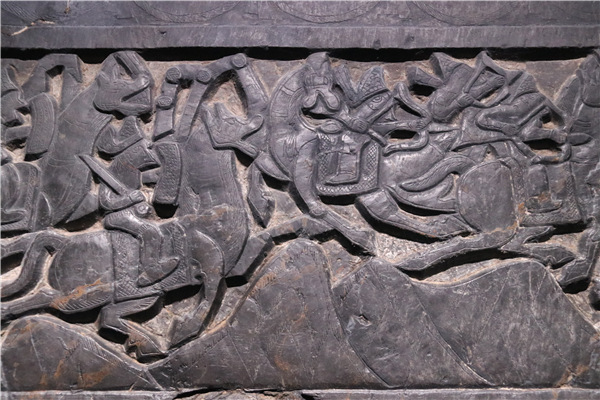
Figure 14 Picture of cavalrymen of Hu ethnic group in lintels of Tomb Gate
图14 墓门门楣上刻画的胡人骑兵
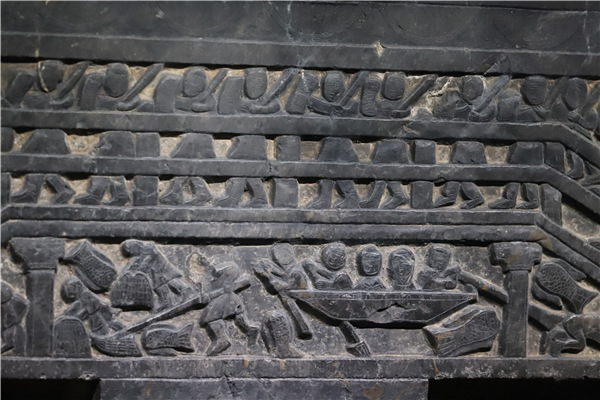
Figure 15 Carvings of foot soldiers of Han nationality on the lintels of Tomb Gate
图15墓门门楣上刻画的汉人步兵
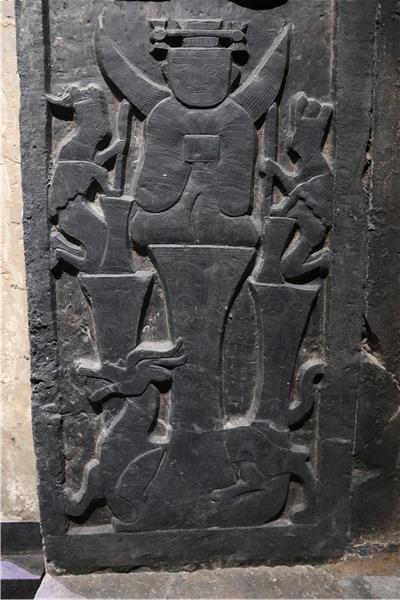
Figure 16 Stone carvings of Beizhai Stone Tomb, Yinan County: Portrait of East Prince
图16 沂南北寨汉画像石墓——东王公画像
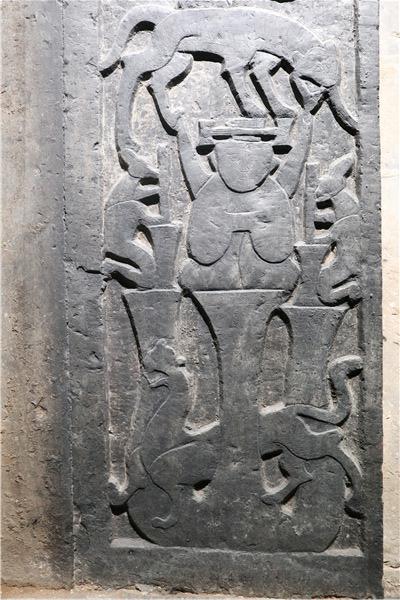
Figure 17 Stone carvings of Beizhai Stone Tomb, Yinan County: Portrait of Queen Mother of the West
图17 沂南北寨汉画像石墓——西王母画像
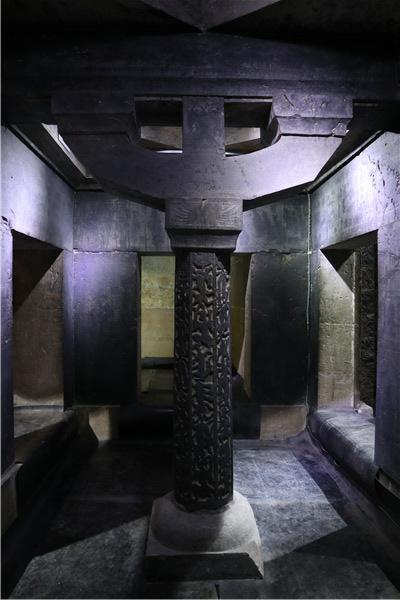
Figure 18 Stone carvings of Beizhai Stone Tomb, Yinan County: an octagonal supporting pillar in the front chamber
图18 沂南北寨汉画像石墓——前室八角擎天柱
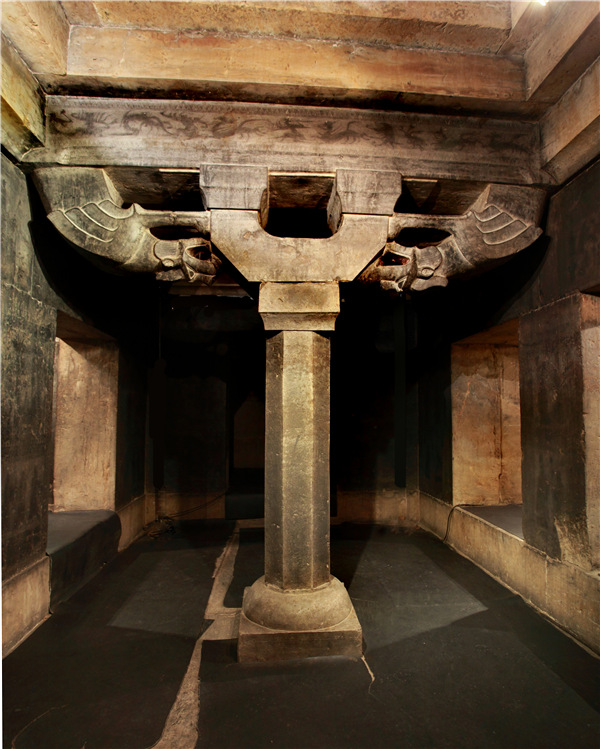
Figure 19 Stone carvings of Beizhai Stone Tomb, Yinan County: an octagonal supporting pillar in the middle chamber
图19 沂南北寨汉画像石墓——中室八角擎天柱

Figure 20 Stone carvings of Beizhai Stone Tomb, Yinan County: picture of expressing condolences
图20 沂南北寨汉画像石墓——吊唁图

Figure 21 Stone carvings of Beizhai Stone Tomb, Yinan County: picture of singing & dancing
图21 沂南北寨汉画像石墓——乐舞百戏图

Figure 22 Stone carvings of Beizhai Stone Tomb, Yinan County: Barn & Kitchen
图22沂南北寨汉画像石墓——粮仓与庖厨图

Figure 23 Stone carvings of Beizhai Stone Tomb, Yinan County: riding in horse-drawn carriages
图23沂南北寨汉画像石墓——车马出行图
(2) Wubaizhuang Han Dynasty Tomb in Linyi County
Wubaizhuang Tomb is located in Linyi City, Shandong Province, China. Stone carvings here represent the highest level of artistic skills at the peak of the art form in the Han Dynasty. The tomb is also the largest and most complex one with the highest standard among all Han Dynasty tomes in Shandong Province, China. 44 pieces of stones with 59 images have been unearthed, which are distributed at the entrance, in the front chamber and the middle chamber, on the pillars, columns and lintels of the tomb. The contents of the carvings mainly reflect the scenes of real life, gods and immortals, exotic animals, and historical stories, covering all aspects of Han society. Its uniqueness is that it has the characteristics of Western carving art, and is a proof of the exchanges between China and Western civilization in ancient times.
(二)临沂吴白庄汉墓
临沂吴白庄汉画像石墓位于中国山东省临沂市,是整个汉画像石发展鼎盛时期的翘楚之作,也是中国山东规模最大、规格最高的、形制最为复杂的一座汉代画像石墓。临沂吴白庄汉画像石墓出土画像石44块,画面59幅,分布在墓门、前室、中室、横额、支柱、立柱、过梁等处。其画像内容主要有反映现实生活的内容、神仙异兽、历史故事等,涵盖了汉代社会的各个方面。其独特之处在于有着西方雕刻艺术的特征,是古代中国与西方文明交流的见证。
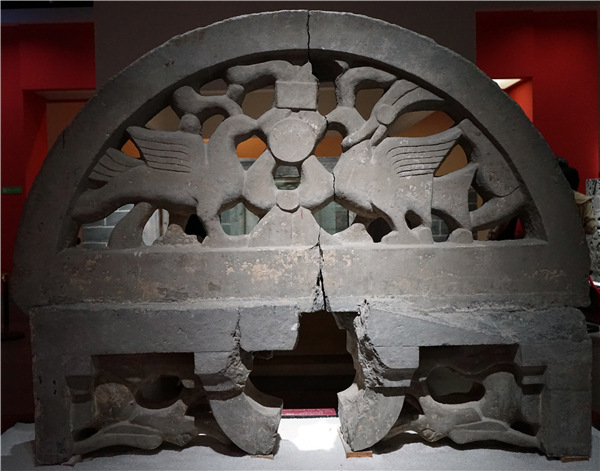
Figure 24 Stone carvings of Wubaizhuang Tomb, Linyi County: tomb gate top
图24临沂吴白庄汉墓——墓门额
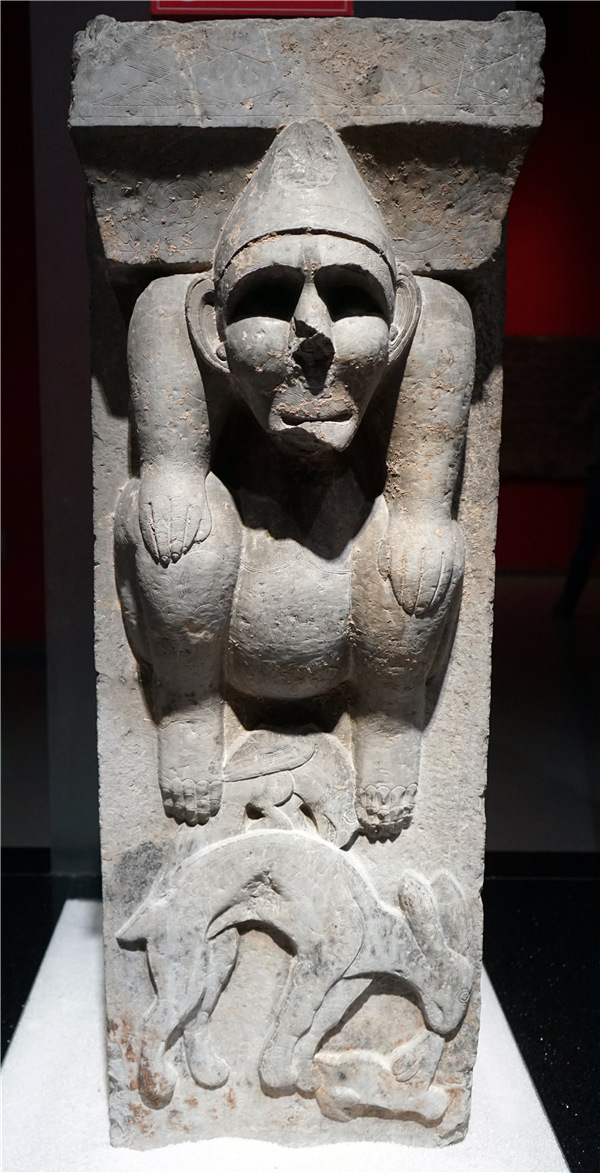
Figure 25 Stone carvings of Wubaizhuang Tomb, Linyi County: stand column
图25临沂吴白庄汉墓——立柱
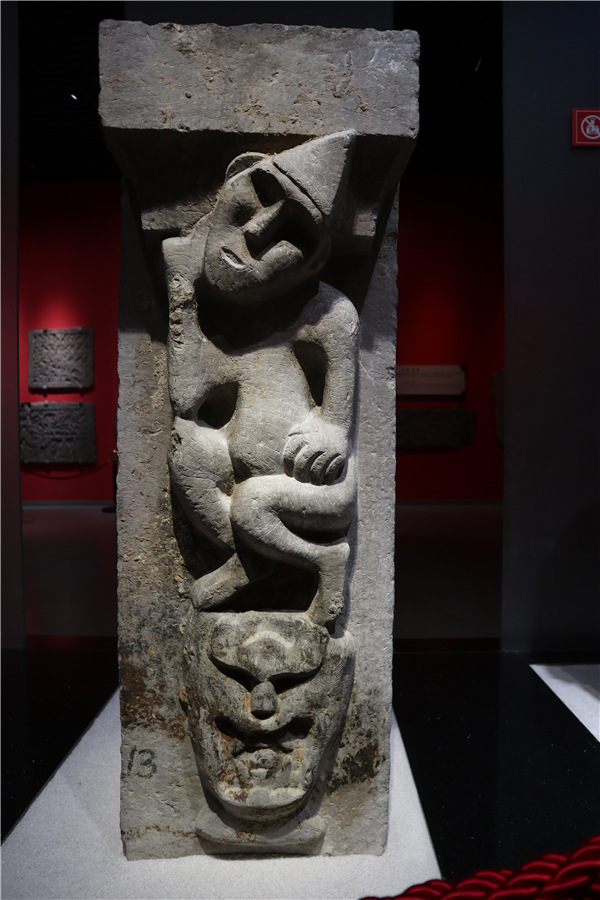
Figure 26 Stone carvings of Wubaizhuang Tomb, Linyi County: stand column
图26临沂吴白庄汉墓——立柱
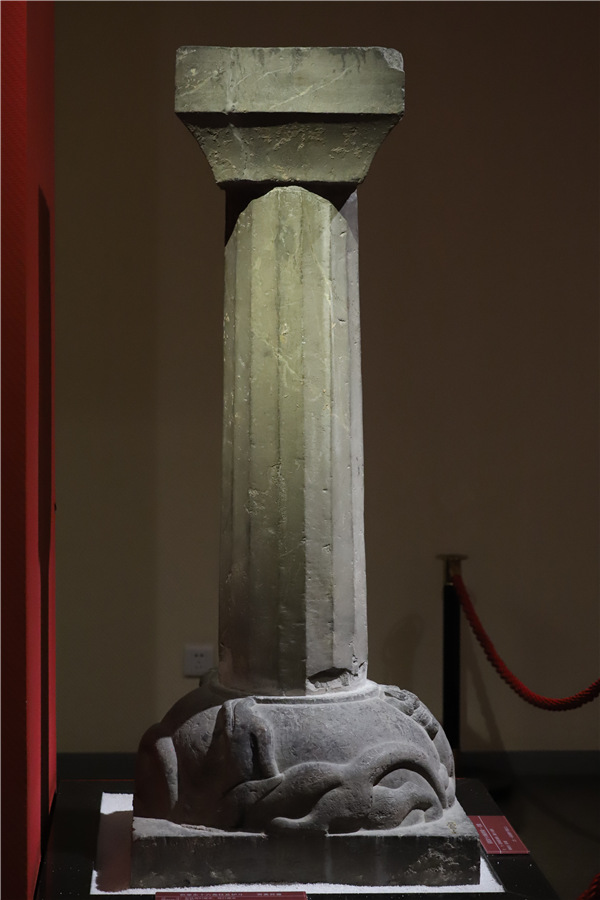
Figure 27 Stone carvings of Wubaizhuang Tomb, Linyi County: hexagonal stand column
图27临沂吴白庄汉墓——十六角立柱
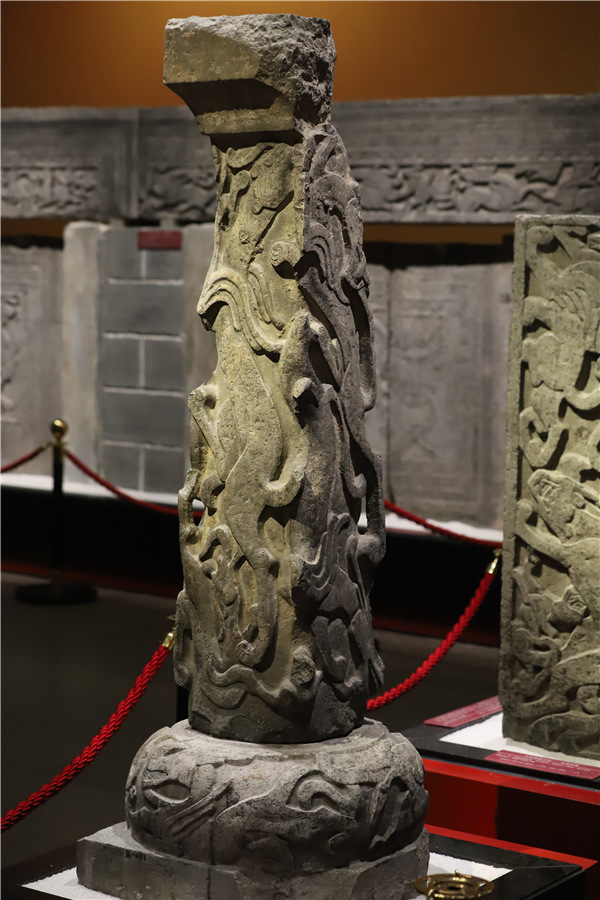
Figure 28 Stone carvings of Wubaizhuang Tomb, Linyi County: stand column
图28临沂吴白庄汉墓——立柱
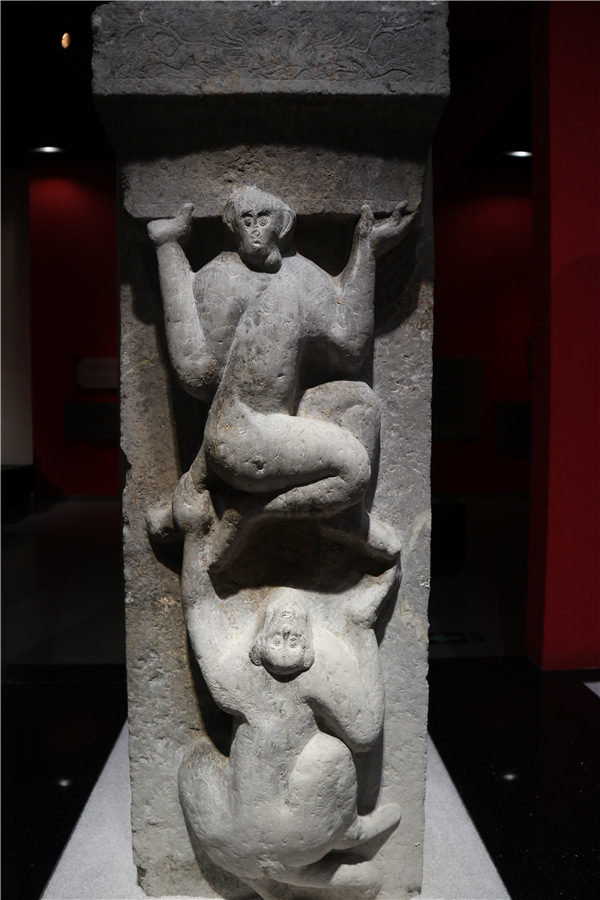
Figure 29 Stone carvings of Wubaizhuang Tomb, Linyi County: stand column
图29临沂吴白庄汉墓——立柱
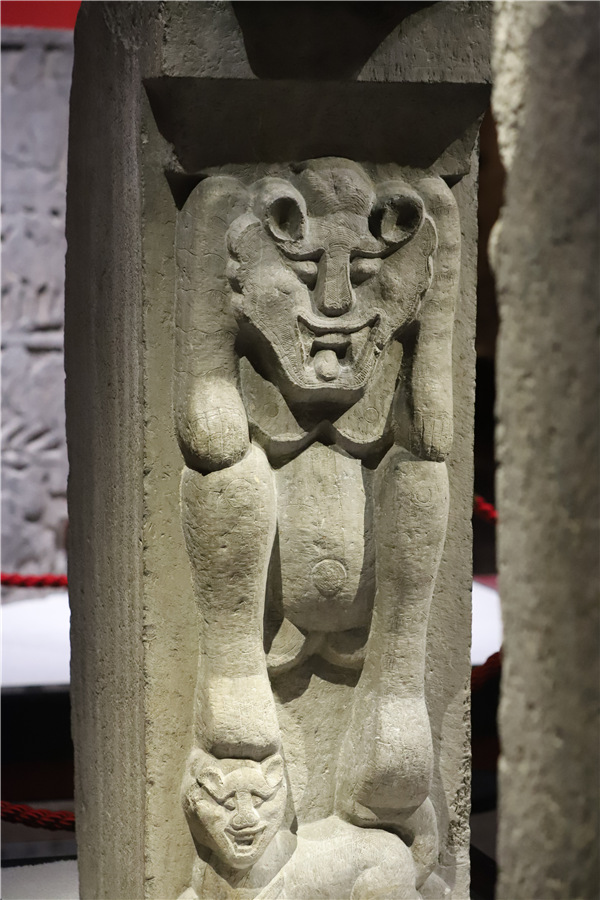
Figure 30 Stone carvings of Wubaizhuang Tomb, Linyi County: stand column
图30临沂吴白庄汉墓——立柱
III Stone Carvings with Various Themes in Shandong, China
The Han dynasty stone carvings unearthed in Shandong, China cover a wide range of themes, including real life scenes of the Han dynasty such as farming and handicraft production, their clothes, food, houses, transportation, entertainment, historical stories, gods and ghosts, etc. The carvings provide an important source of images and information for us to study the laws and regulations, social conditions, and folk life, etc. of the Han Dynasty.
三、中国山东各类题材的画像石
中国山东汉代画像石题材内容广泛,包含汉代人现实生活中的农耕手工生产和衣食住行娱乐、崇尚的历史故事、信仰的神鬼祥瑞等,是我们研究汉代典章制度、社会状况、民间生活等的重要形象史学资料。
(I) Farming and handicraft making
As a traditional agricultural country, China achieved unprecedented achievements in agricultural production and handicraft making during the powerful Han Empire which lasted for more than 400 years. Cattle were used in farming in the Han dynasty, and farming-related scenes include farmers weeding and hoeing, sowing seeds, and picking up horse manure, etc., which are all manifestations of intensive farming then. Iron smelting, weaving, and salt production were three major handicraft industries that were particularly developed in Shandong Province in the Han Dynasty, and images of iron smelting and weaving are more common in stone carvings.
(一)农耕手工
中国作为一个传统农业大国,在延续400多年的强盛汉帝国时期,农耕生产与手工业制造空前发达,取得了突出成就。汉代的农耕多为牛耕,与农耕相关的画面还有农夫耘锄、播种、捡拾马粪等,这些都是精耕细作农业的表现。汉代的冶铁、纺织、煮盐三大手工业在中国山东尤为发达,其中冶铁、纺织等画面在画像石中较为常见。
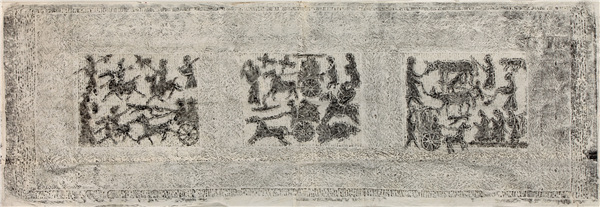
Figure 31 Stone carvings on the inner part of the side of stone coffin unearthed in Xiangchenggudui, Jinxiang County
图31金乡香城堌堆出土石椁侧板内面画像

Figure 32 Stone carving in Zoucheng City Flourmill: farming activities
图32邹城面粉厂画像石——农耕图
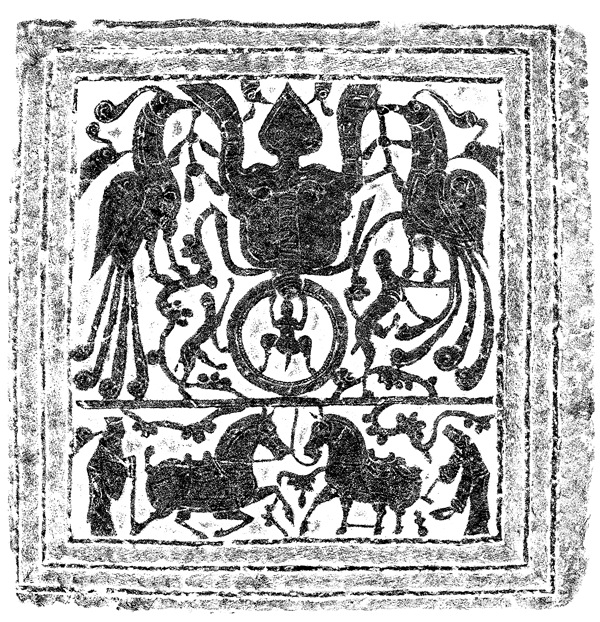
Figure 33 Stone carving in Longyangdian, Tengzhou City: Collecting horse manure
图33滕州龙阳店画像石——捡马粪图
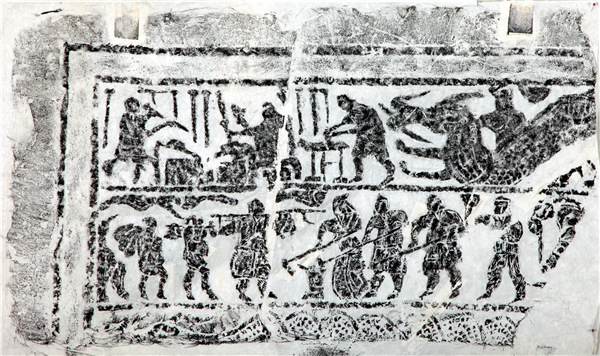
Figure 34 Stone carvings of iron smelting and farming in Huanganling, Tengzhou City
图34滕州黄安岭冶铁农耕图
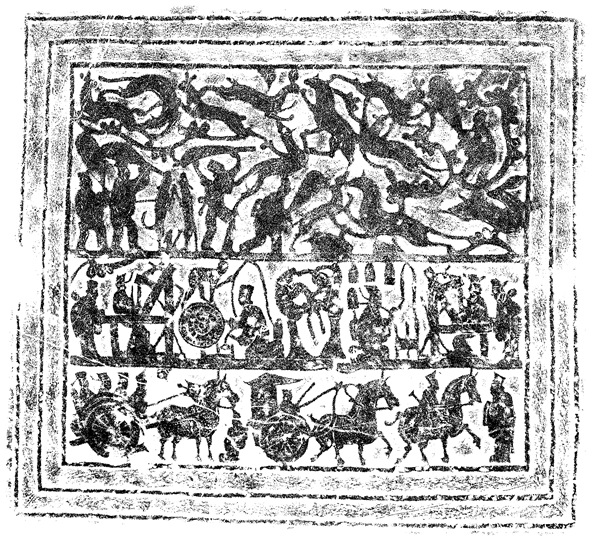
Figure 35 Stone carving in Longyangdian, Tengzhou City: weaving
图35滕州龙阳店画像石——纺织图
(2) Courtyard life
In the Han Dynasty, there were many wealthy and powerful clans in Shandong, China, and the powerful landlords had economically developed manors and lived in great luxury. Hundreds of mansions, pools, corridors, pagodas and pavilions were built. Served by a large number of servants, the masters always sat in the center of the majestic hall, receiving a constant stream of guests, who were entertained with singing, dancing and lavish banquets. When going out, they rode in large horse-drawn carriages with a large entourage. All these demonstrated their noble social status, impressive and dignified manner and ostentation and extravagance, which were vividly reflected through the images of courtyard architecture, foods, music and dances, and carriage riding in the stone carvings of the Han Dynasty.
(二)庭院生活
中国山东在汉代豪门大族众多,豪强地主庄园经济发达,生活极尽奢侈。宅第连栋数百,高楼池苑,堂阁相望,主人悠坐高堂,往来拜谒者络绎不绝,奴仆千群精心侍奉,烹饪美食,歌舞伎乐,盛飨宾客,出行则车马仪仗,前迎后送,彰显其威仪、排场和高贵的身份。这些在中国山东汉画像石的庭院建筑图、庖厨图、乐舞百戏图、车骑出行图等内容中都有形象而生动的体现。
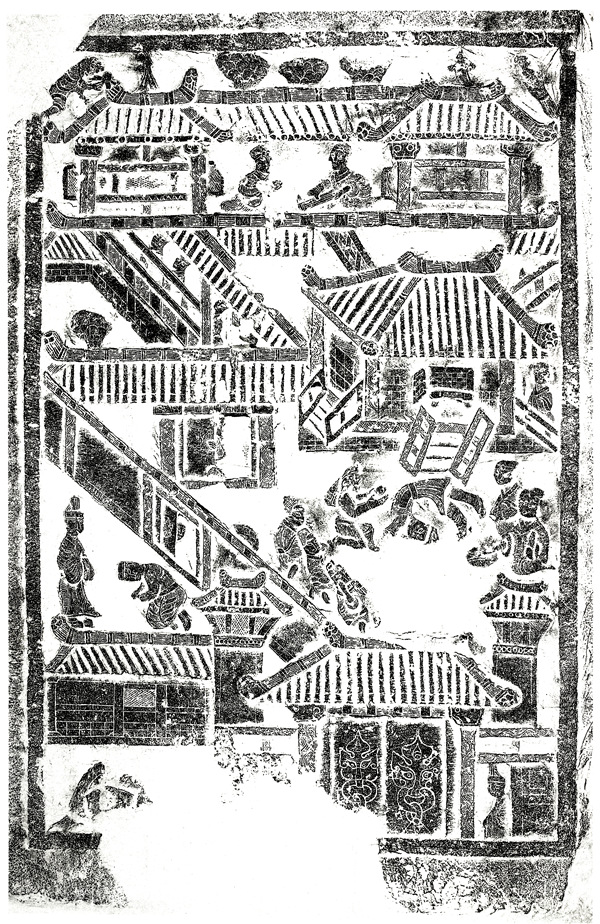
Figure 36 Stone carving in Jiuxian Village, Qufu City: Picture of a couryard
图36曲阜旧县村画像石——庭院图
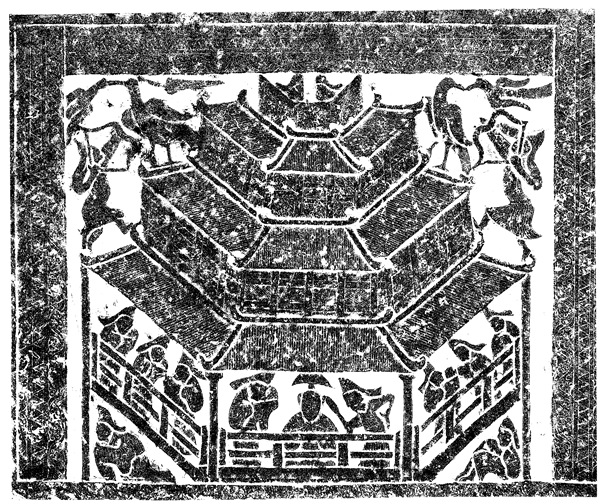
Figure 37 Stone carving in Panjiatuan, Fei County: Picture of a pavilion
图37费县潘家疃画像石——楼阁图
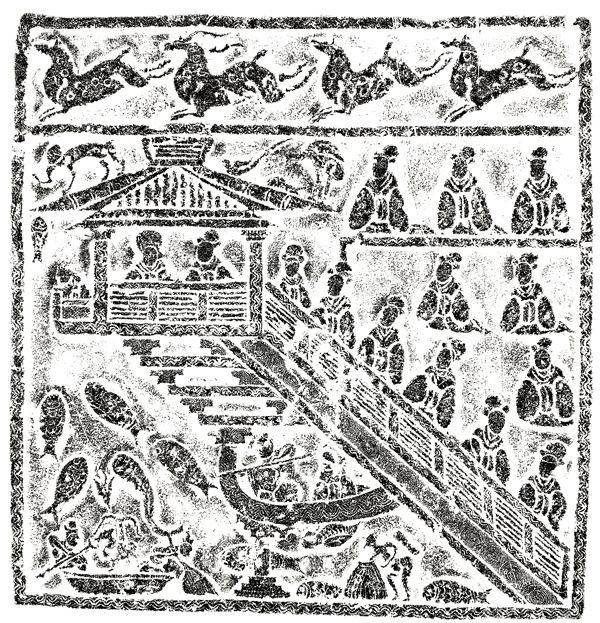
Figure 38 Stone carving in Liangcheng Township, Weishan County: Picture of a waterside pavilion
图38微山两城镇画像石——水榭图
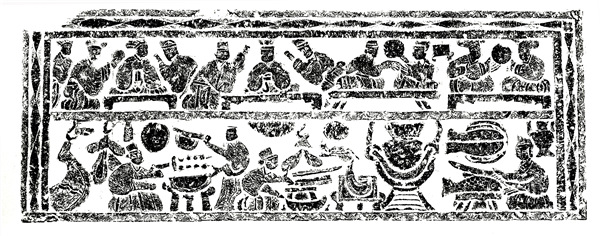
Figure 39 Stone carving in Wulipu, Linyi City: kitchen activities
图39临沂五里堡画像石——庖厨图

Figure 40 Stone carving on the lintel of tomb gate, Wubaizhuang, Linyi City: kitchen activities
图40临沂吴白庄汉墓墓门楣画像石——庖厨图
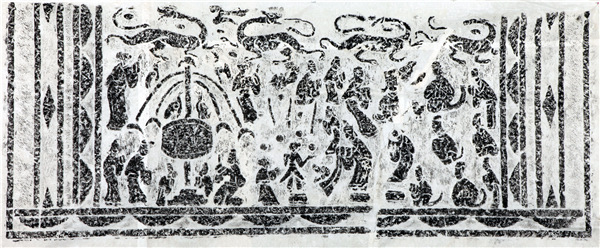
Figure 41 Stone carving in Quanfuzhuang Han Dynasty Tomb, Licheng District, Jinan City: singing & dancing
图41济南历城全福庄汉墓画像石——乐舞百戏图
(3) Wars between the Han Nationality and Hu Ethnic Group (Hu-Han War)
Since Zhang Qian was sent to visit neighboring Western Regions as a special envoy in the Han Dynasty, the Silk Road was opened and China's foreign exchanges gradually became more frequent. During this period, there were both peaceful exchanges and war conflicts. The two sides of the war were mainly the Han empire and the northern minority Xiongnu ethnic group, which fought the so-called war between the Han and the Hu. There are many classic Hu-Han War pictures on the stone carvings of the Han Dynasty in Shandong, showcasing scenes of fierce fighting between the two sides, and scenes of celebrating victories after the war.
(三)胡汉战争
汉代自张骞出使西域,开通路上丝绸之路之后,中外交往逐渐频繁,这期间既有和平交流,也有战争矛盾交织。战争双方主要是汉帝国政权与北方少数民族匈奴等,即所谓汉人与胡人的战争。山东汉画像石上刻画不少经典的胡汉战争图,表现有双方激战的场景,也有战争结束后献俘庆功的场景。
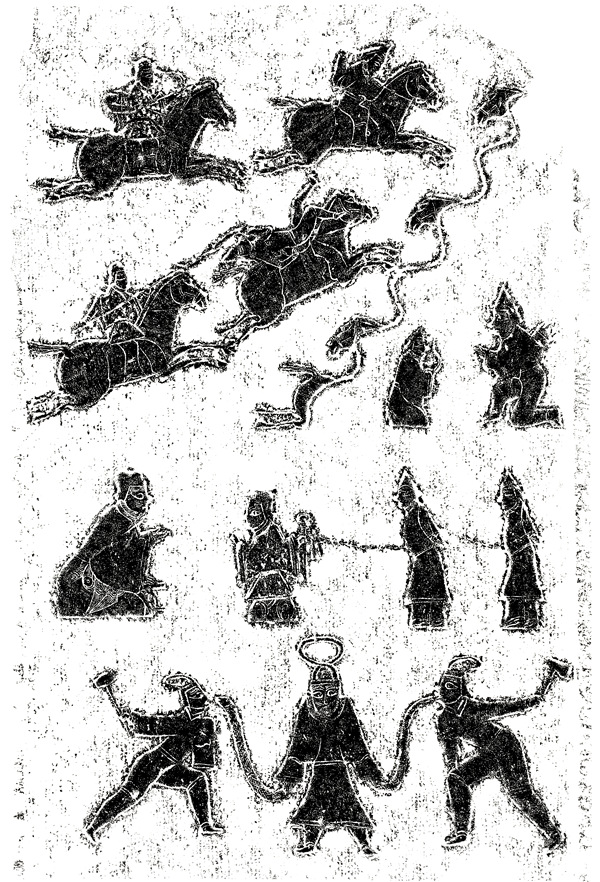
Figure 42 Stone Carving in Songshan, Jiaxiang County: Hu-Han War
图42嘉祥宋山画像石——胡汉战争图
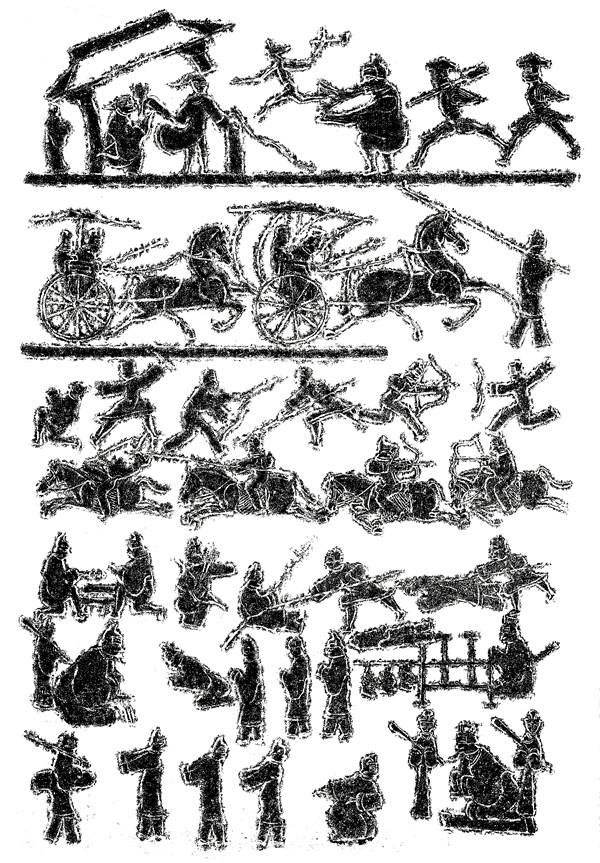
Figure 43 Stone Carving in Wulaowa, Jiaxiang County: Hu-Han War
图43嘉祥五老洼画像石——胡汉战争图

Figure 44 Stone Carving in No. 1 Tomb, Gaoli Village, Zoucheng City: Hu-Han War
图44邹城高李村1号墓画像石——胡汉战争图
(4) Historical stories
The themes of the historical stories in the Han Dynasty stone carvings in Shandong Province mainly include the ancient Chinese emperors and loyal officials, disciples of Confucius, filial sons and daughters, brave assassins and righteous men, etc. Most of the contents promote the Confucian doctrine of loyalty, filial piety, justice, morality and the ethics of the three cardinal principles and five rules that governed ancient China.
(四)历史故事
中国山东汉画像石中的历史故事题材,主要有中国古代帝王忠臣、孔门弟子、孝子列女、刺客义士等,其内容大多是宣扬儒家学说忠孝节义的思想和三纲五常的伦理道德。
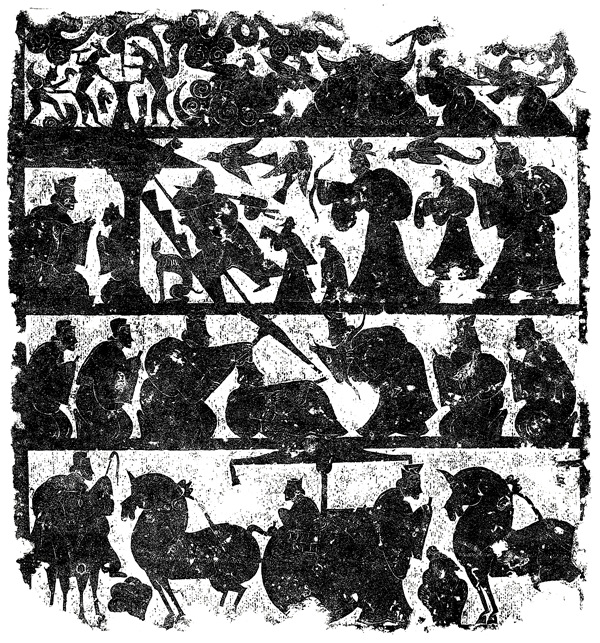
Figure 45 Stone carving in Songshan, Jiaxiang County: Picture of historical stories
图45嘉祥宋山画像石——“管仲射小白”历史故事图
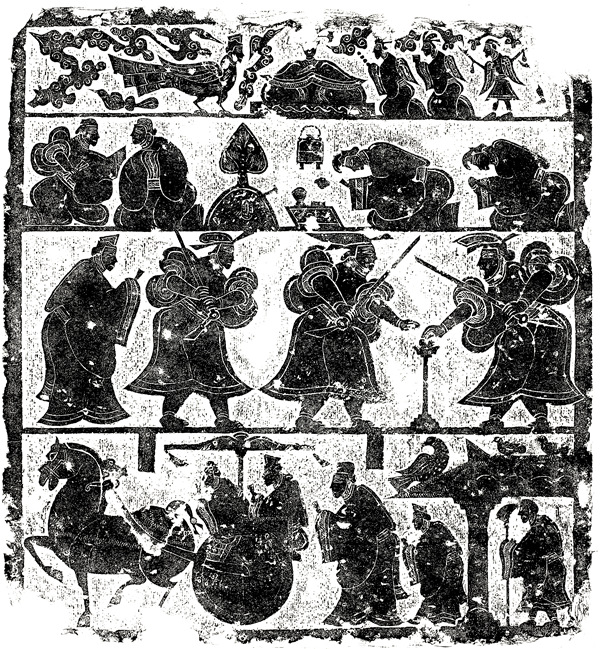
Figure 46 Stone carving in Songshan, Jiaxiang County: Picture of historical stories
图46嘉祥宋山画像石——“二桃杀三士”历史故事图
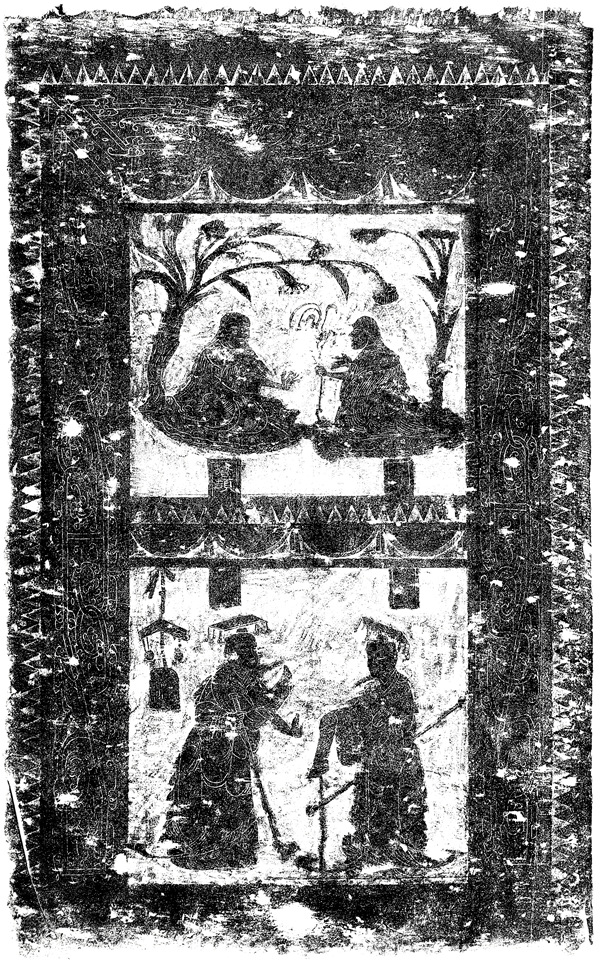
Figure 47 Stone carving in Beizhai Tomb, Yinan City: Historical story of Cangjie creating Chinese characters
图47沂南北寨汉墓画像石——“仓颉造字”历史故事图
(5) God, ghosts and auspicious signs
In order to meet the needs of the ruling emperors, the Han Dynasty only promoted Confucianism while banning all the other schools of thought. On this basis, some scholars further advocated other doctrines such as Interaction between Heaven and Earth, Yin, Yang and the Five Elements and Divination, thus mystifying the Confucianism. Shandong Province was always a region with active alchemists and rampant superstitious ideas since the Qin Dynasty. Therefore, the auspicious images of gods and other signs are common in the stone carvings of the Han Dynasty in Shandong, including images of blue dragons, white tigers, rosefinch, black tortoises, and fierce gods and monsters, which are intended to eliminate disasters and prevent misfortunes. By carving images of Queen Mother of the West, the Eastern Prince, Fuxi, and Nuwa, feathered people and gods, people hoped to become immortals at that time.
(五)神鬼祥瑞
汉代社会为了适应统治的需要,在独尊儒术的基础上,又揉合天人感应、阴阳五行、谶纬迷信的学说,为儒学披上了神秘化的外衣。中国山东自先秦以来就是方士活跃的地区,神仙方术思想浓厚。因而中国山东汉画像石中常见神鬼祥瑞类图像,刻画青龙、白虎、朱雀、玄武和凶猛的神怪等图像,意在祛灾禳祸,辟除不祥,刻画西王母、东王公、伏羲、女娲及各类羽人、神灵,期望死后能羽化升仙,长生不老。
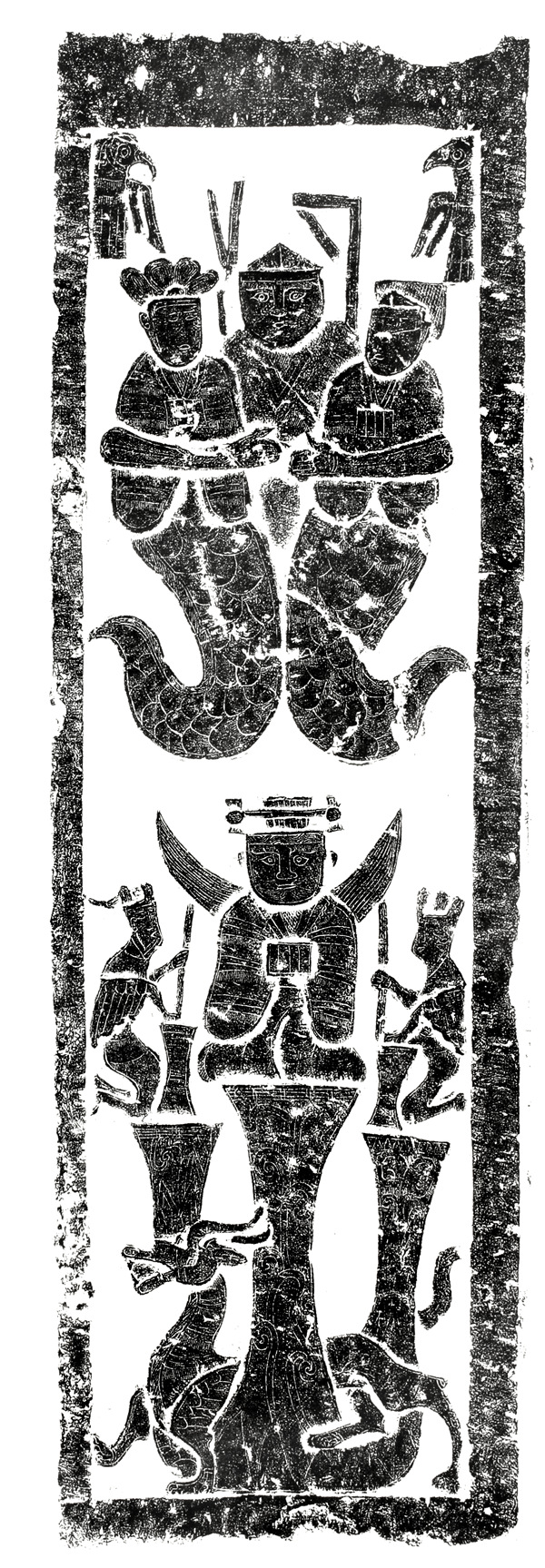
Figure 48 Stone carving in Beizhai Tomb, Yinan County: Fuxi, Nuwa & East Prince
图48沂南北寨汉墓画像石——伏羲、女娲、东王公图
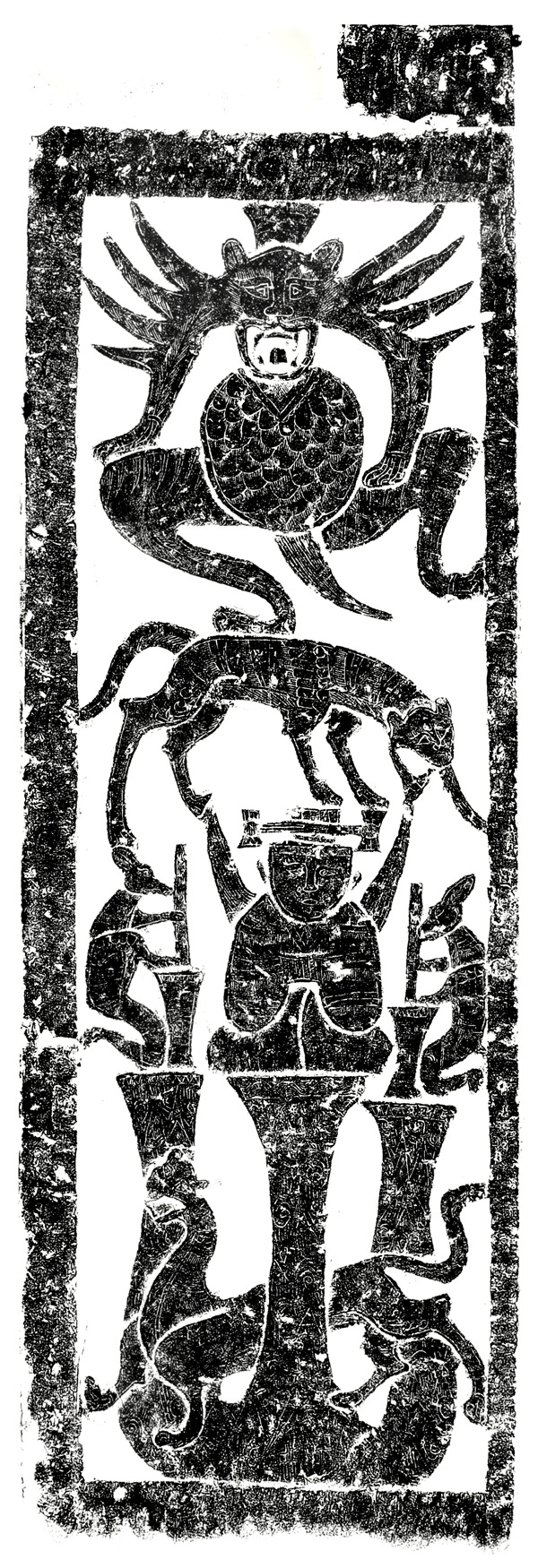
Figure 49 Stone carving in Beizhai Tomb, Yinan County: Gods, monsters, Queen Mother of the West
图49沂南北寨汉墓画像石——神怪、西王母图

Figure 50 Stone carving in Beizhai Tomb, Yinan County:Juezhang & feathered people
图50 沂南北寨汉墓画像石——蹶张、羽人图
